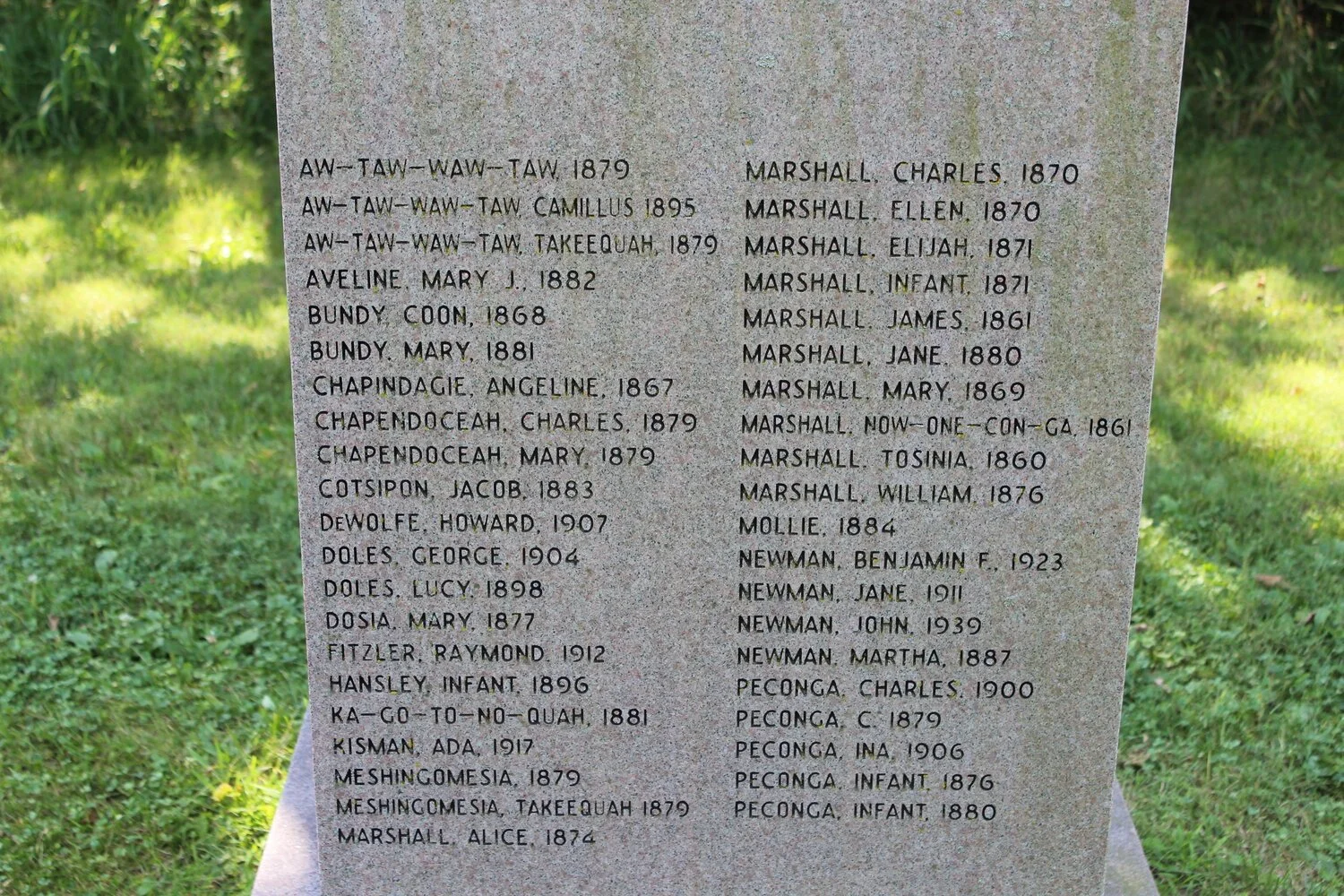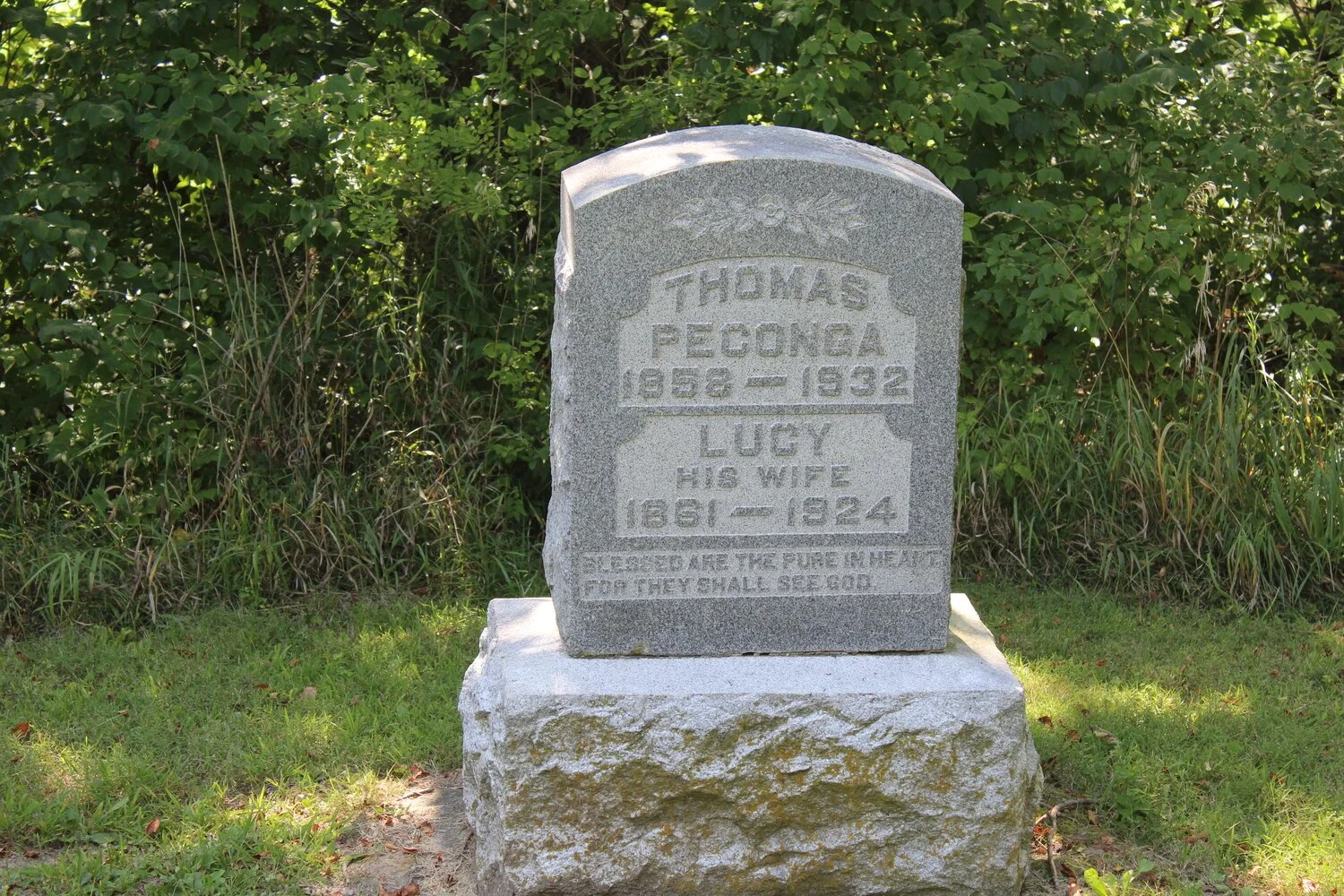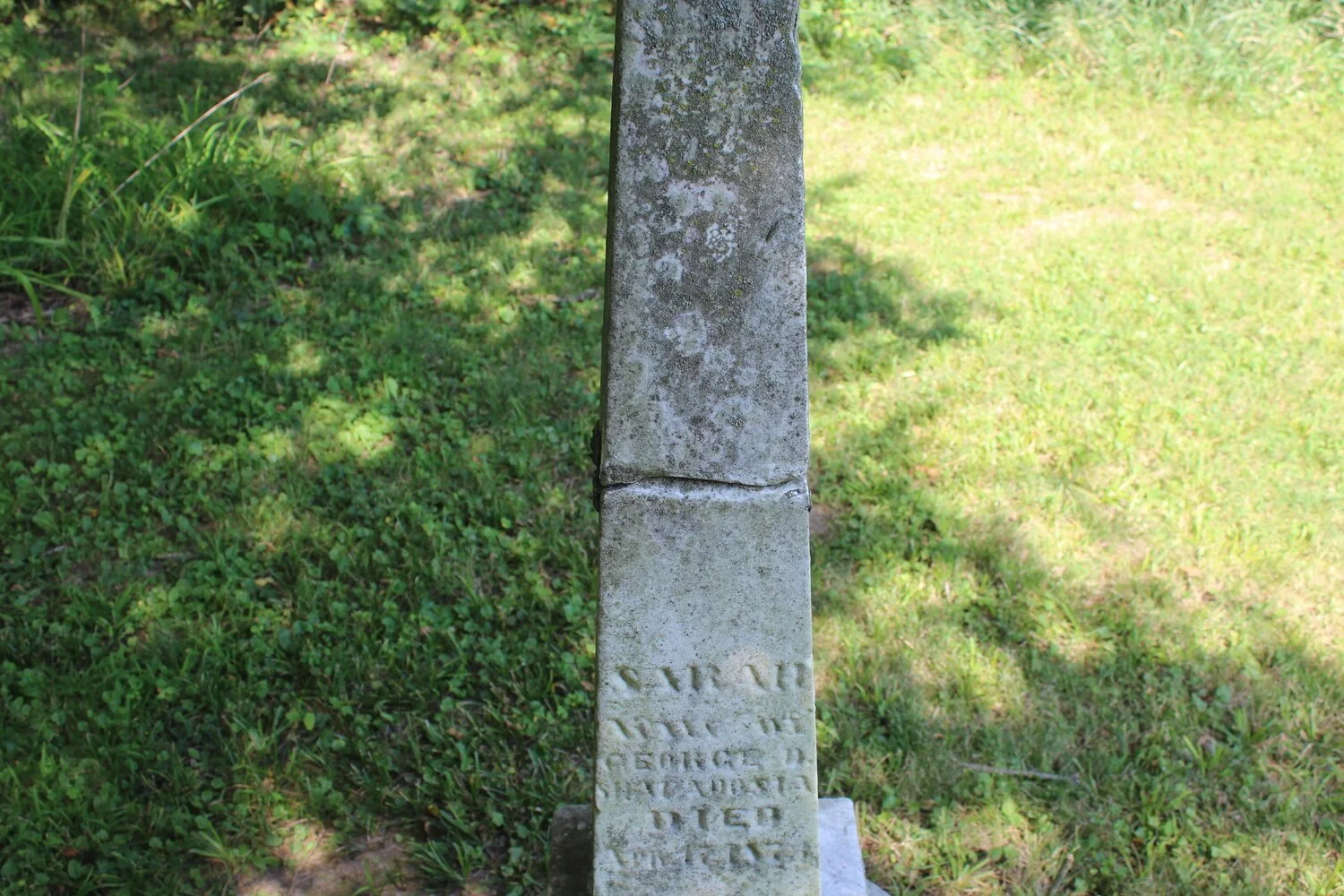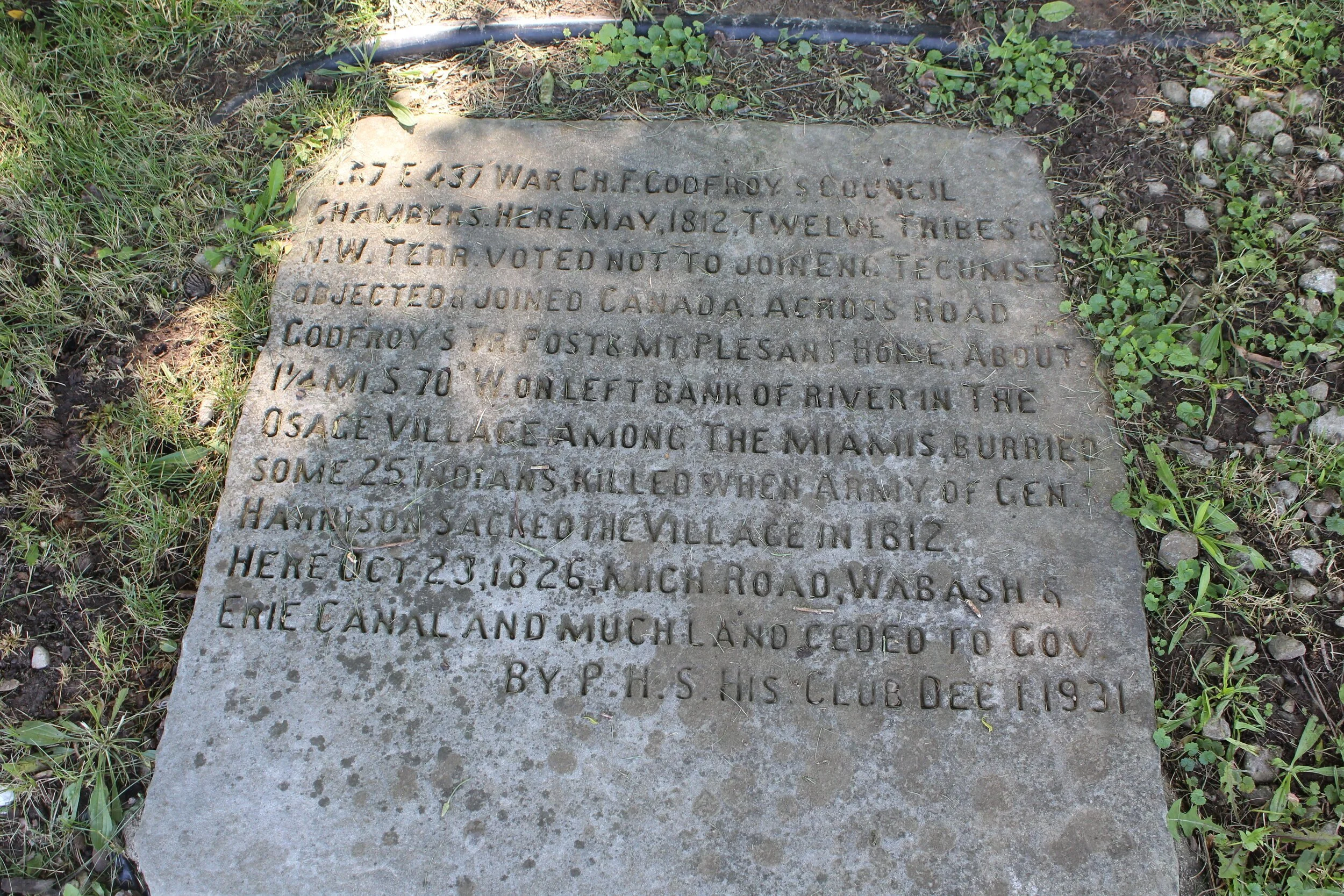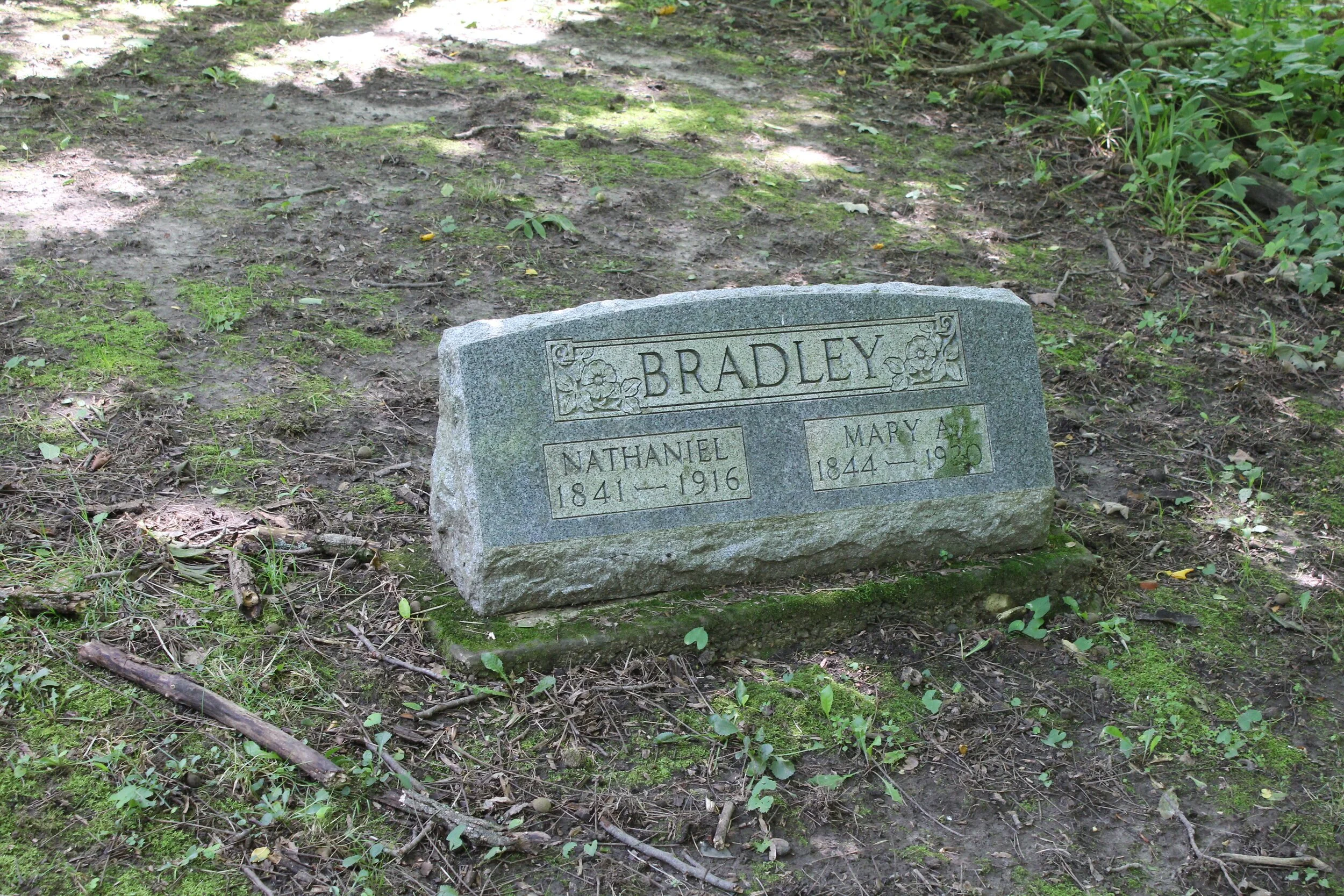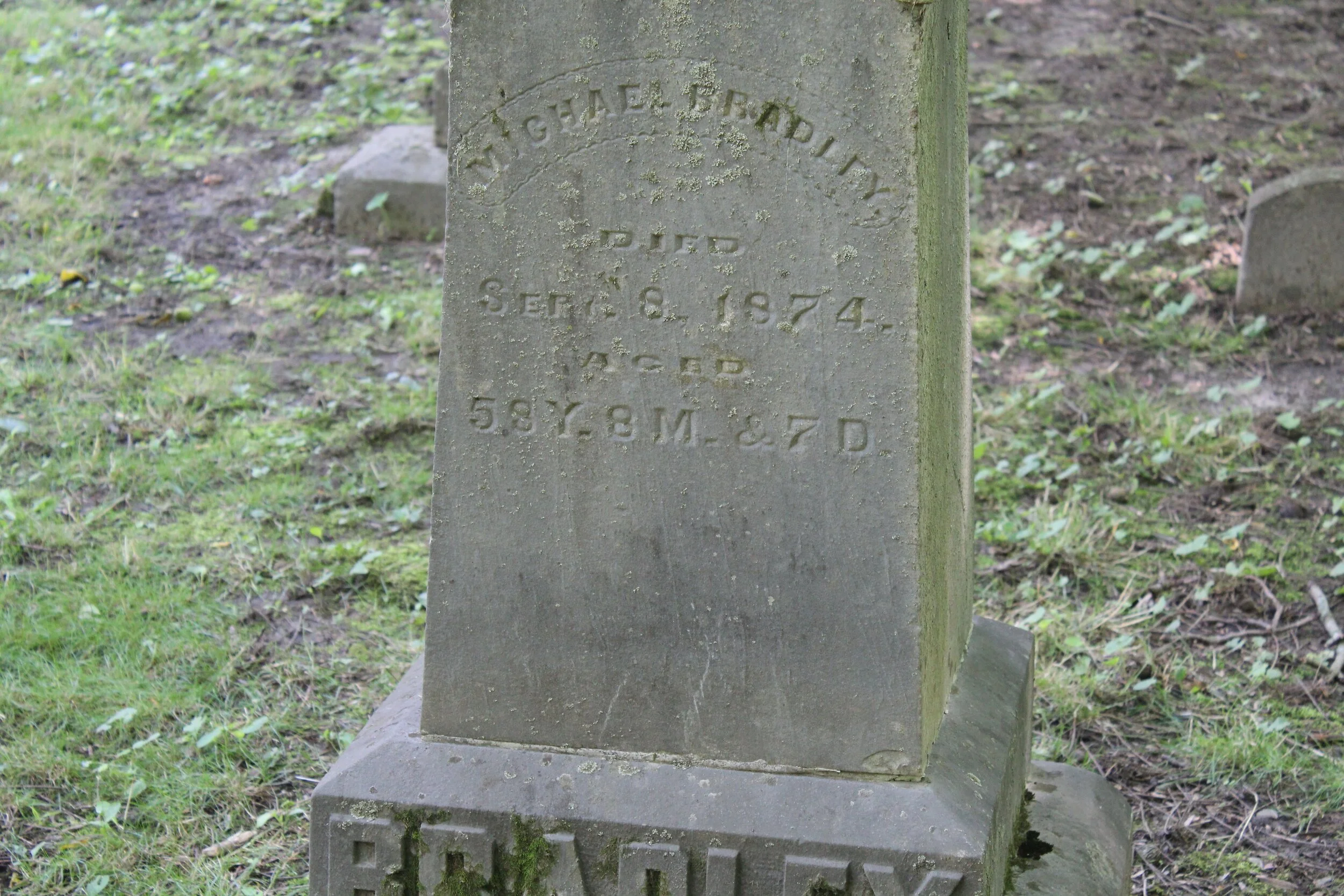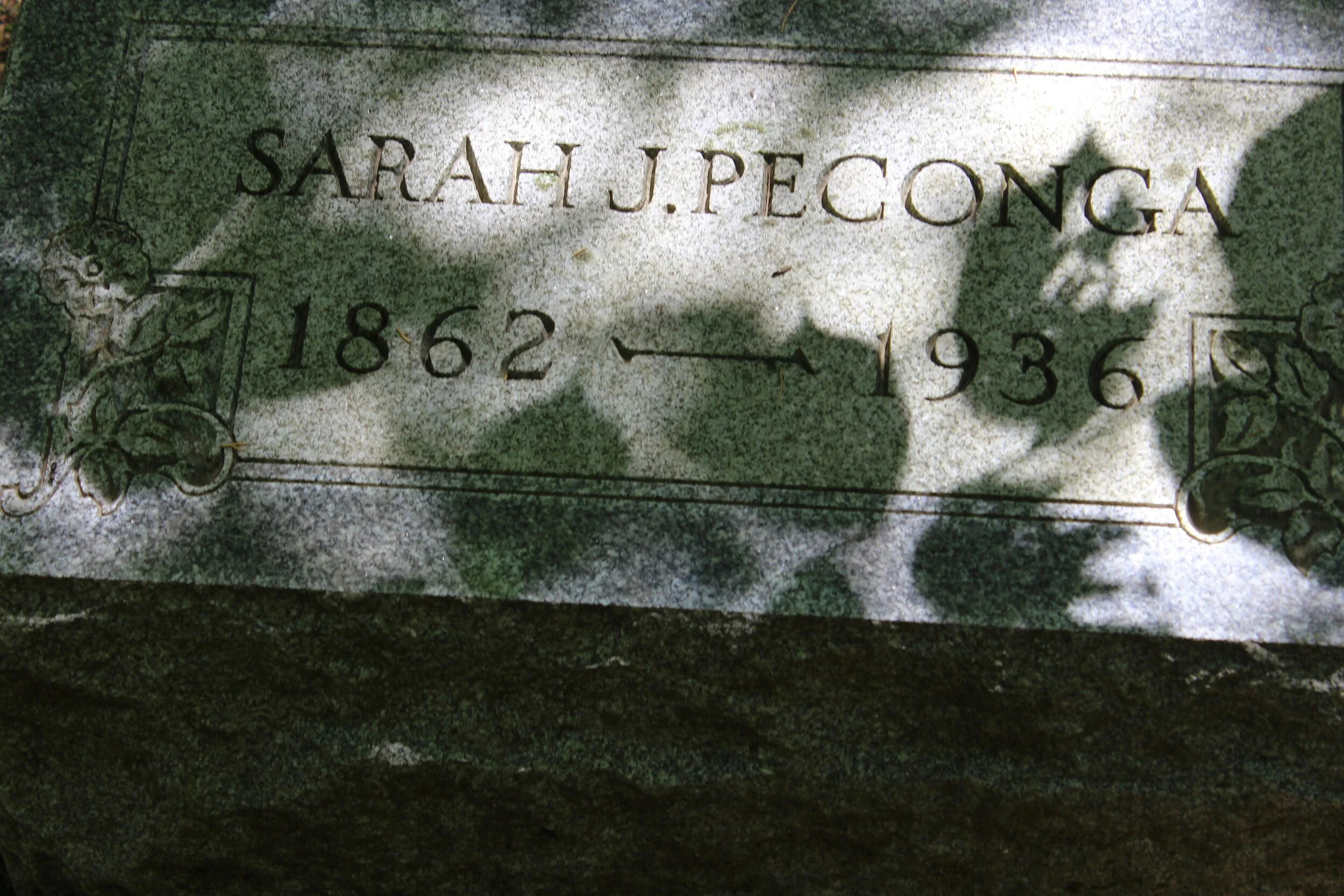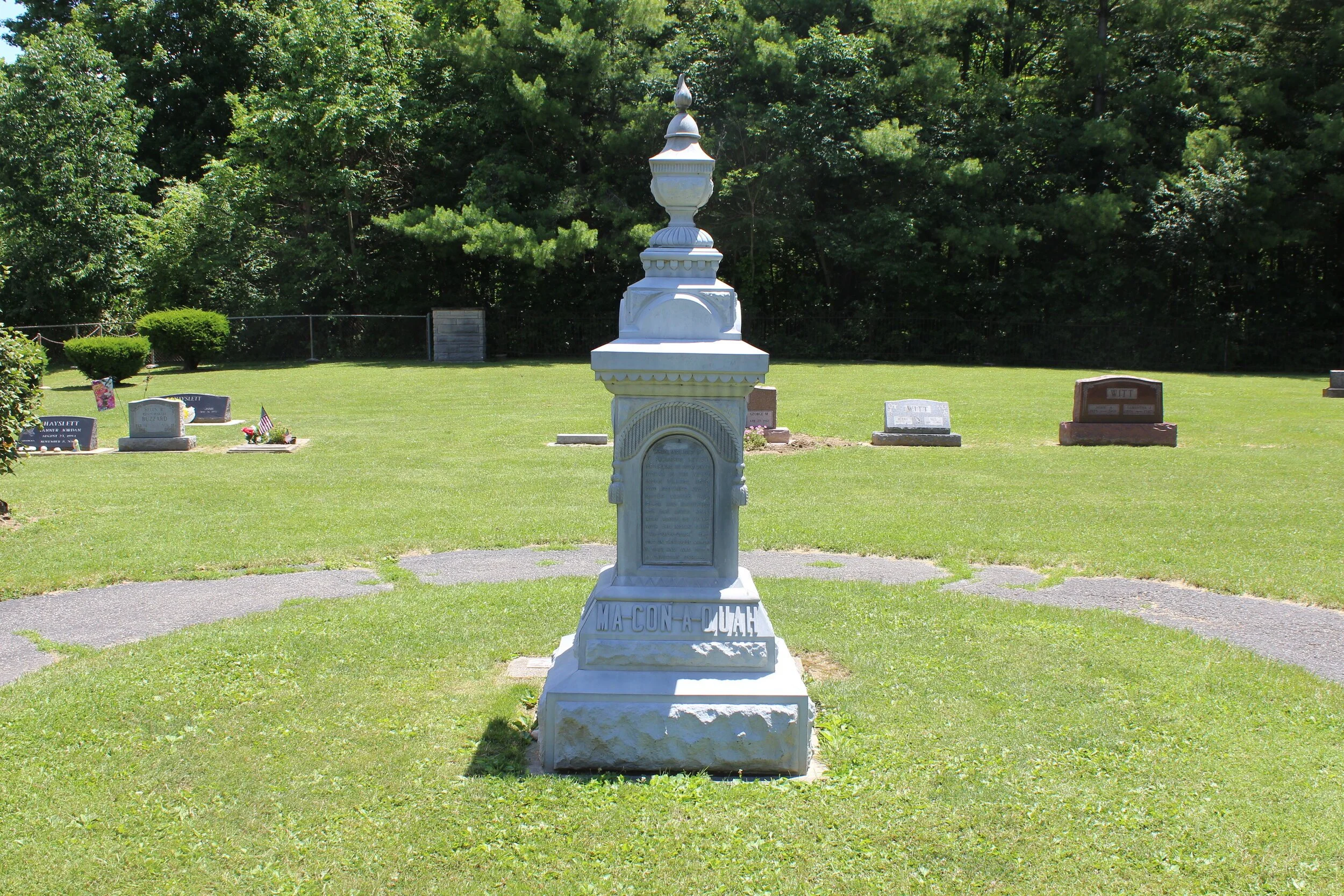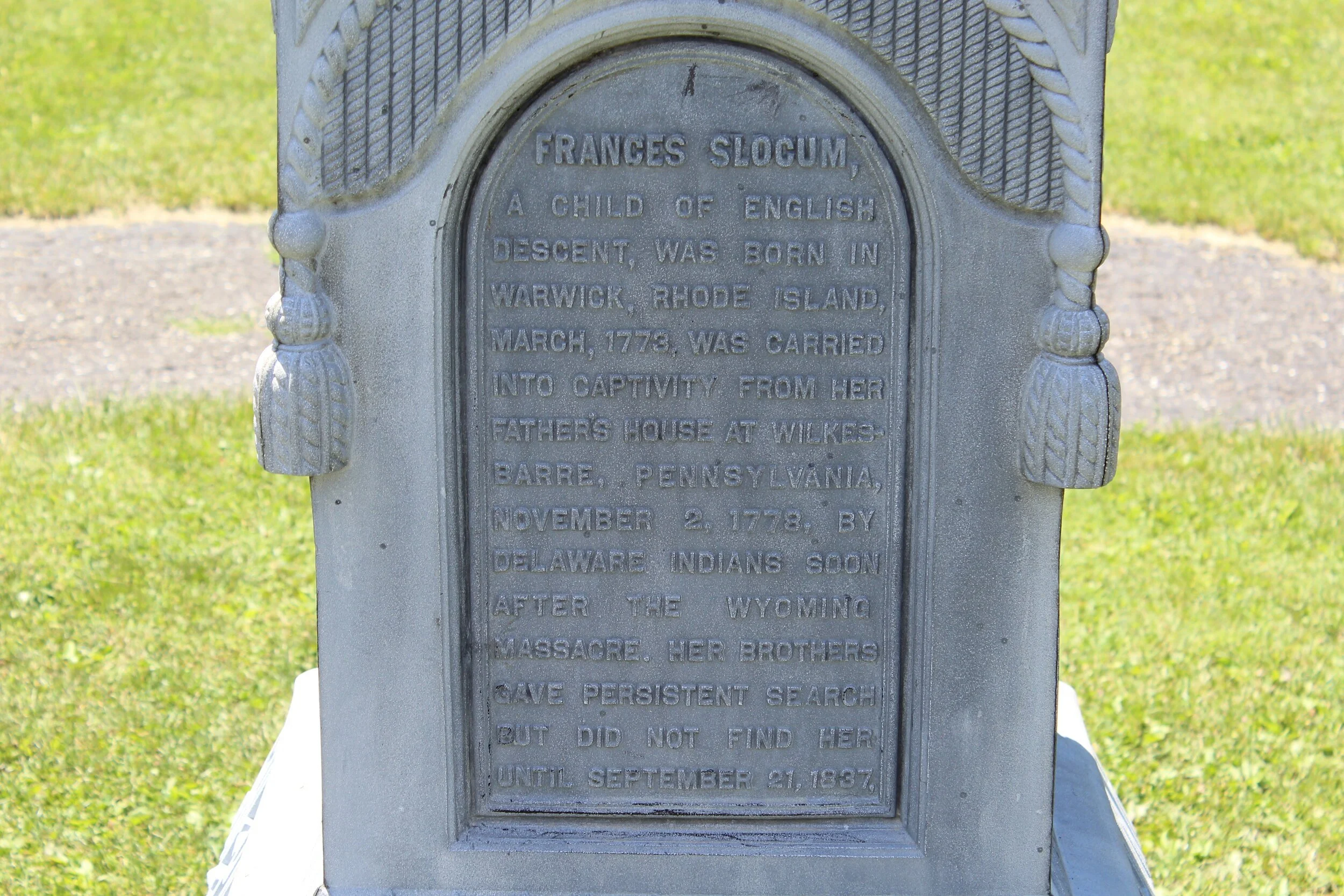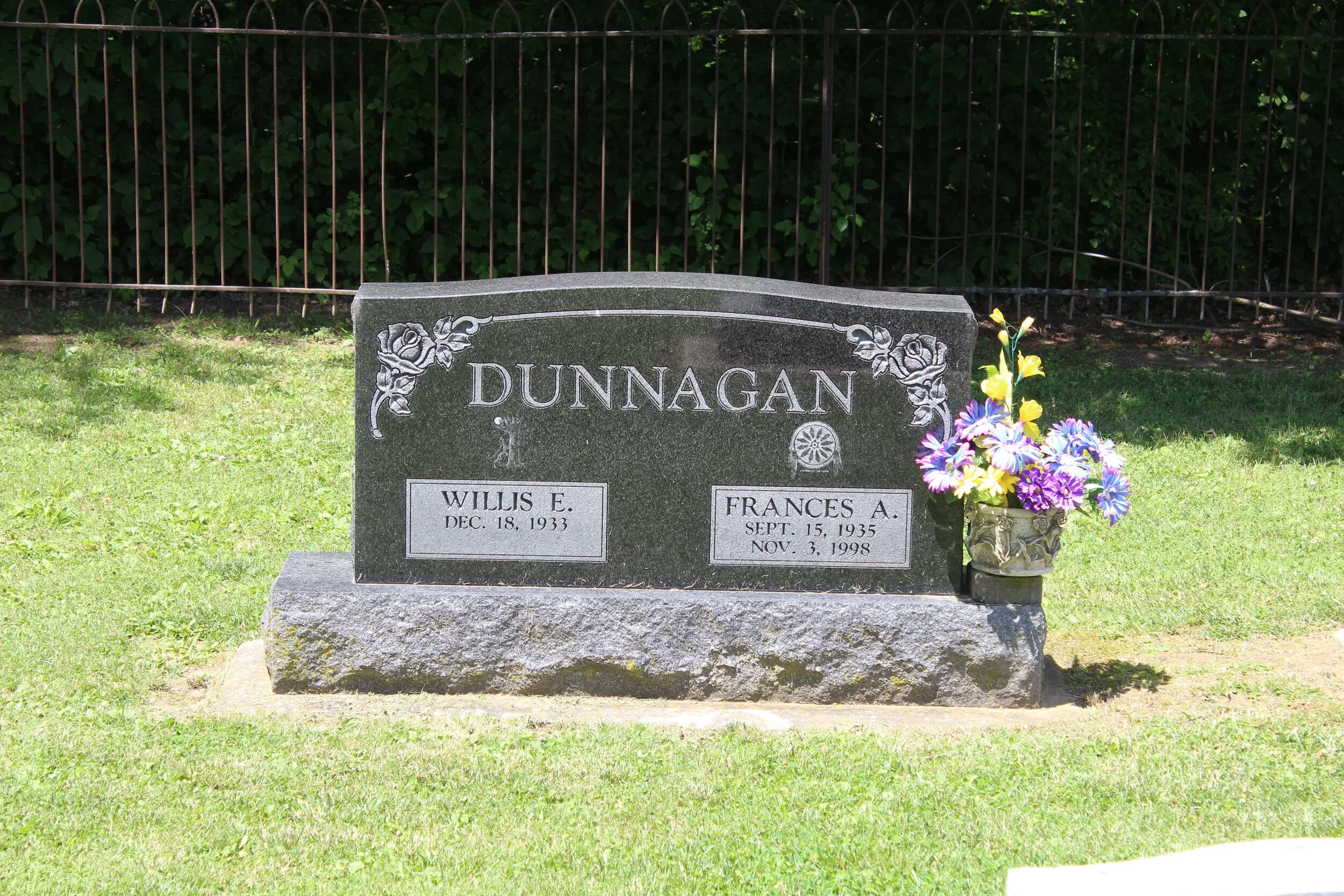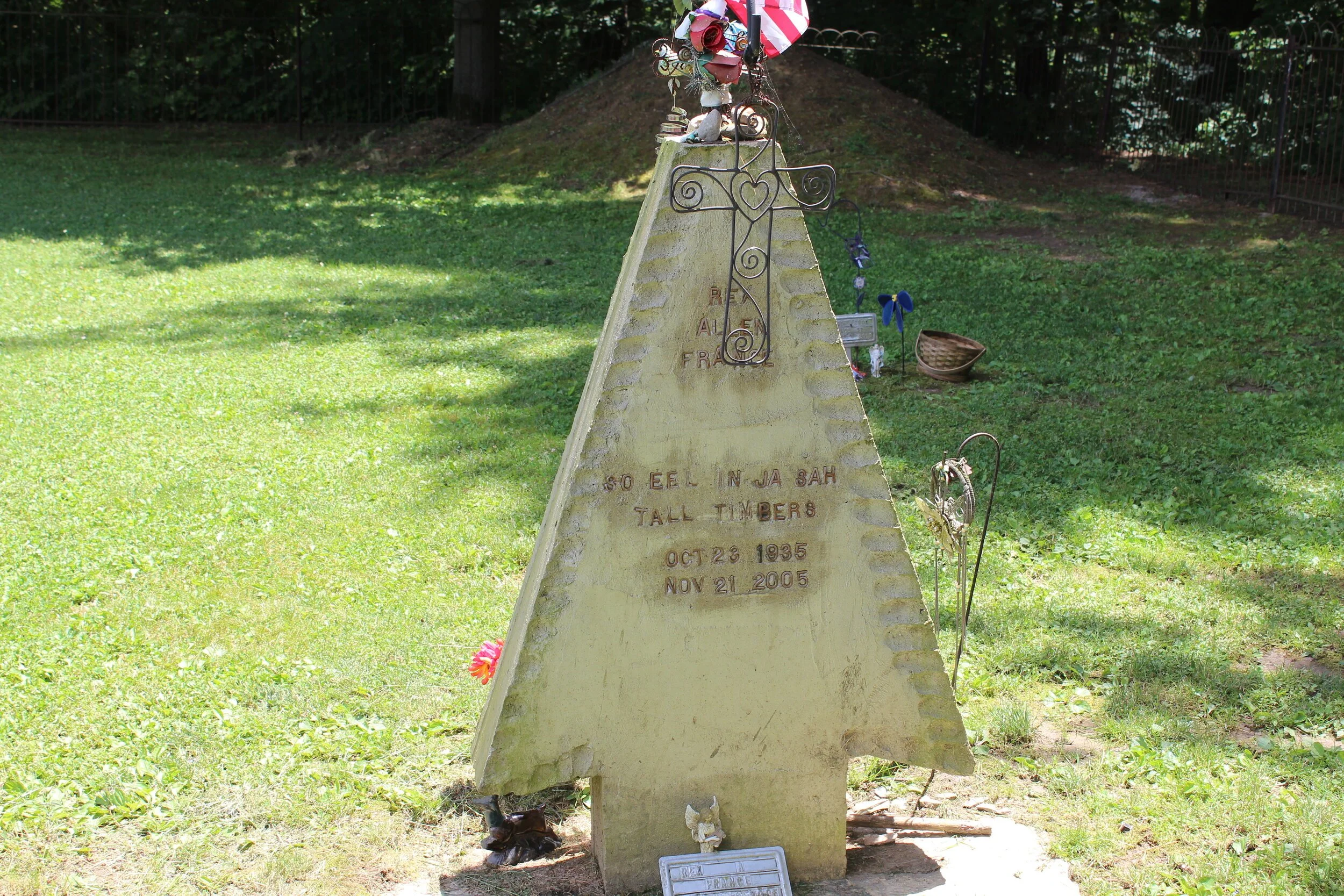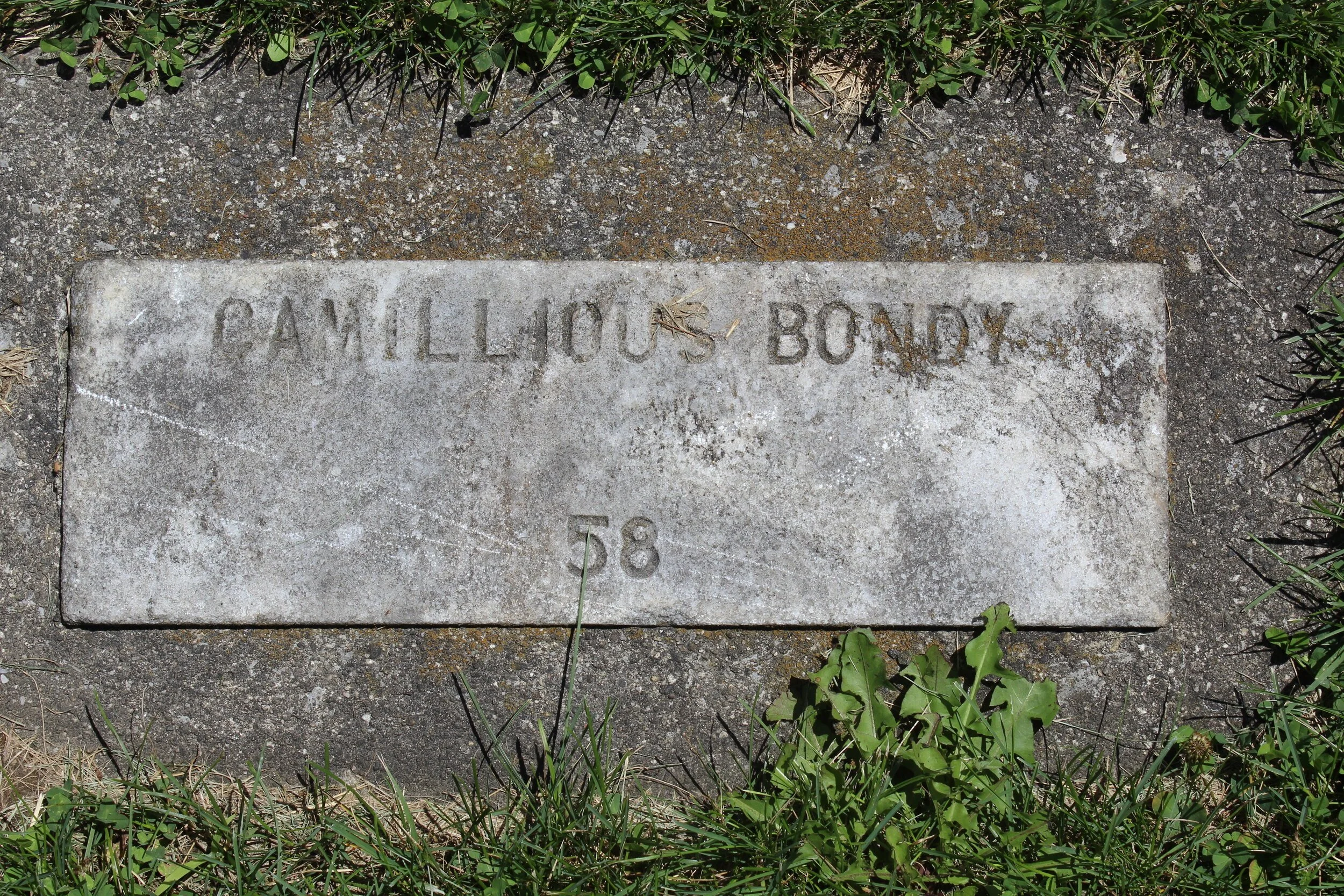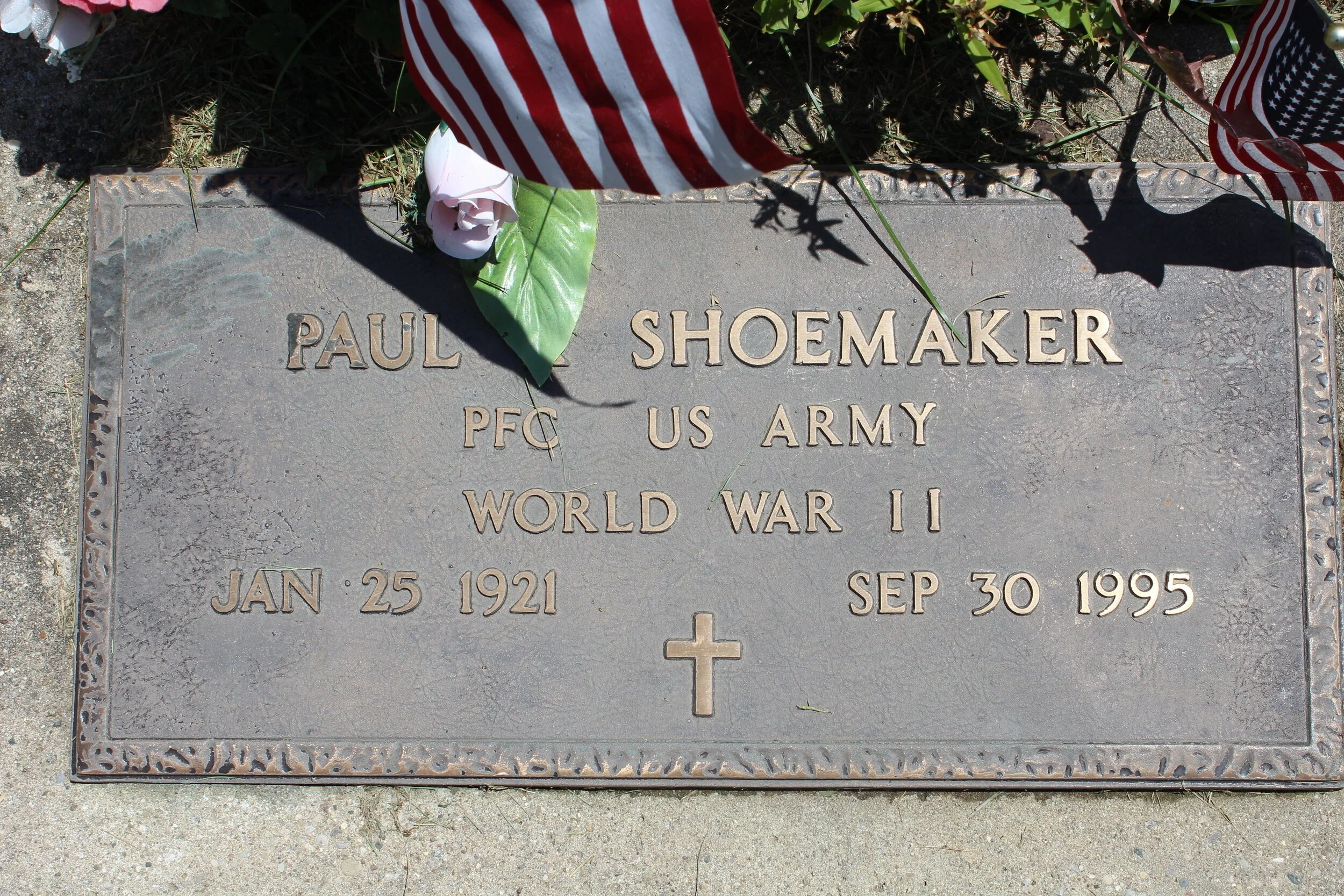
Honoring Our Ancestors
The Meshingomesia Cemetery
Chief Meshingomesia was chief of the Miami after the Removal of the 1840s when the Miami of Indiana were allowed to stay on their traditional homeland. In 1860, the Chief built the Miami Indian Village School, along with a Baptist church, on his reservation, which was about eight and a half miles long and about one mile wide along the north bank of the Mississinewa River a few miles to the northwest of Marion, Indiana.
Chief Meshingomesia died in 1879 and was buried, along with 30 other people who died from a tuberculosis outbreak, at the cemetery located on his former reservation where the schoolhouse sits today. Upon his death, the reservation was divided up amongst his heirs who, over the next 20 years, would either sell reservation land or have it taken from them by the State of Indiana’s manipulation of property tax laws.
Please Help Us Honor Our Ancestors at Meshingomesia Cemetery–the Original Inhabitants of Indiana!
The Meshingomesia Cemetery is owned, operated, and cared for by the Miami Nation of Indians of Indiana. Some of the more recent headstones are in great condition but many of the older headstones are weathered, faded, broken, and have fallen over.
Since the Tribe had its federal recognition illegally taken in 1898, we do not qualify to receive the support and grants the federally recognized tribes do. Won’t you please consider a donation to help the Miami of Indiana preserve the memories of some of Indiana’s original inhabitants and help us honor our ancestors?
The Godfroy Cemetery
The Francis Godfroy Cemetery is located on Highway 124, four miles east of the city of Peru, Indiana. The Miami County Genealogical Society worked to get the cemetery added to the National Registry of Historic Places on March 1, 1984. Francis Godfroy, the last primary War Chief of the Miami Indians of Indiana, and some of his descendants are buried in this cemetery.
Francis Godfroy was born near present-day Fort Wayne, Indiana, in March of 1788 and was the son of a Miami woman and French trader Jacques Godfroy. Like most French people of that time, Jacques was a Catholic, so Francis and the family practiced a mixture of the Catholic and Miami religious beliefs.
Following the War of 1812, Francis Godfroy became a wealthy and successful merchant, and his trading post was located on the land directly across Highway 124 from the cemetery. The trading post stood there until a tragic fire destroyed it in August of 2000.
Since the Tribe had its federal recognition illegally taken in 1898, we do not qualify to receive the support and grants that the federally recognized tribes do. Won’t you please consider a donation to help the Miami of Indiana preserve the memories of some of Indiana’s original inhabitants and help us honor our ancestors?
The Clayton Cemetery
The Clayton Cemetery is located on what was once a part of the Godfroy reserve in present-day Butler Township in Miami County, Indiana. It is located about seven and a half miles southeast of Peru, Indiana, off Indiana 124 on South County Road 625 East.
The cemetery is named for James Clayton who, along with his brother, was one of the first Americans to settle in Butler Township. Clayton settled on the north bank of the Mississinewa River and chose the present cemetery land as the spot to create a cemetery for himself and his family. The first to be buried there was James’ one-and-a-half-year-old son Benjamin, on April 20, 1847. James himself would pass away and be buried in the cemetery less than a year later on February 29, 1848. Before his passing, Clayton donated to the Miami of Indiana the cemetery land that had once belonged to Pimyotahmah.
Today the land around the cemetery is held in private hands and has houses on it. An easement had to be granted to the Tribe for there to be public access. Currently, the entrance is not well marked and can be hard to find. The cemetery sits off the road and has no signage to indicate where the entrance to the cemetery is. Today, much of the ground is in a moderately forested area which further hides the cemetery from the road.
Please Help Us Honor Our Ancestors at Clayton Cemetery—the Original Inhabitants of Indiana!
Many of the headstones are worn and broken and some graves go unmarked. Since the Tribe had its federal recognition illegally taken in 1898, we do not qualify to receive the support and grants that the federally recognized tribes do. Won’t you please consider a donation to help the Miami of Indiana preserve the memories of some of Indiana’s original inhabitants and help us honor our ancestors?
The Francis Slocum Cemetery
At the age of 6, Francis Slocum was taken by the Delaware Indians from her home in Wyoming, Pennsylvania, on November 1, 1778. Like other captives of woodland tribes, she was adopted into a Delaware family and became a member of the Tribe. She eventually made her way to the Eel River near present-day Fort Wayne, Indiana. There, she met and married the Miami War Chief Shepoconah and was given the Miami name Maconaquah. They raised a family together and, even though her Pennsylvania family eventually found her by chance, she stayed with the Miami of Indiana.
Maconoaquah died on March 9, 1847, and was buried in what became her family cemetery. Her family continued to be buried there until August of 1965.. The Army Corp of Engineers wanted to dam up the Mississinewa River to create the current-day Mississnewa Reservoir. As part of that plan, the area where the cemetery sat would have been buried under the water formed by the reservoir. Eighty graves were moved by the Army Corp across the Mississenwa River and upstream from the original site to the current site on the south side of Bowman Road, about 11 miles southeast of Peru, Indiana.
Today a monument with honoring Frances Slocum is in the center of the cemetery and is surrounded by her family.
Please Help Us Honor Our Ancestors at Francis Slocum Cemetery—the Original Inhabitants of Indiana!
Since the Tribe had its federal recognition illegally taken in 1898, we do not qualify to receive the support and grants that the federally recognized tribes do. Won’t you please consider a donation to help the Miami of Indiana preserve the memories of some of Indiana’s original inhabitants and help us honor our ancestors?

